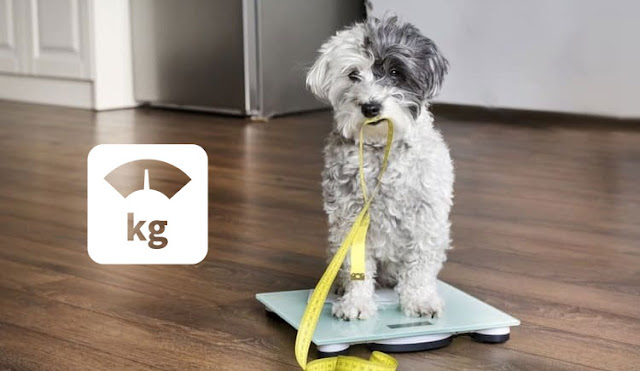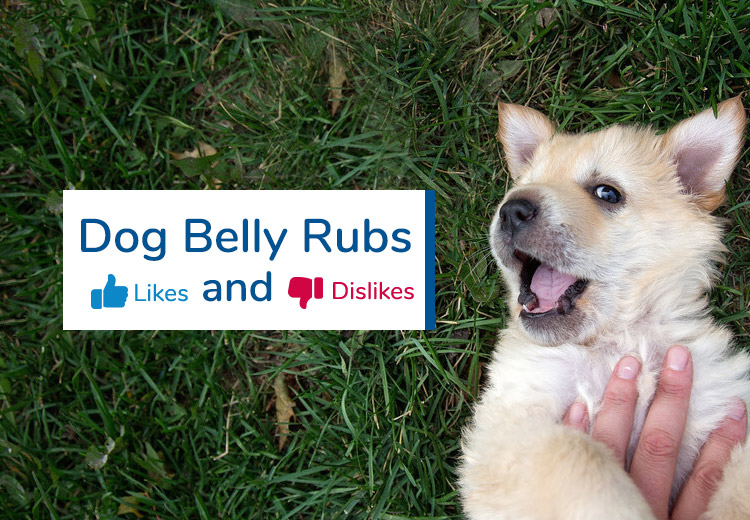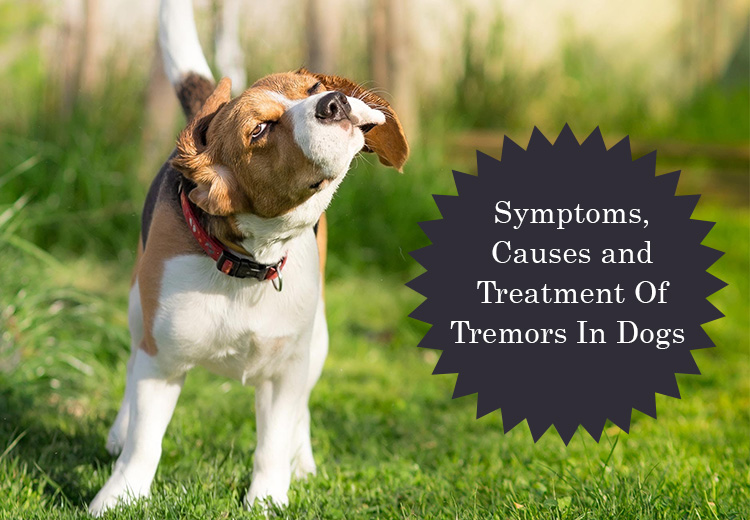5 Tips to Maintain Your Dog’s Weight
Keeping
your dog at a healthy weight is one of the foremost things
you will do to assist them to live an
extended and happy life. If your dog is overweight, they’ll be
at larger risk to health problems and diseases. If
they’re underweight, there’s a decent probability that
they’re underfed and require high nutritional diet to
remain healthy.
In this post, we’ll share our prime seven tips to keep your dog at a healthy weight. Simply follow these steps and it ought to solely be a matter of time before your dog reaches an optimal weight.
1: First things first – Know Your Dog’s Current Weight
In this post, we’ll share our prime seven tips to keep your dog at a healthy weight. Simply follow these steps and it ought to solely be a matter of time before your dog reaches an optimal weight.
1: First things first – Know Your Dog’s Current Weight
- The
first issue you wish to grasp is:
How much your dog ought to weigh?
Try to not get distracted by informed numbers or scales as of now. The most effective ways to assess your dog’s current weight are by examining them within the following three ways: - Check their ribs. Analyze your dog’s skeletal structure. Are you able to see the ribs? Or are they barely visible?
- Next, slowly rub your hands on your dog’s skeletal structure. Are you able to feel the bones there? Or they are hidden below a layer of fat?
- Ideally, should be able to feel but not see your dog’s rib bones. They must not be too distinguished; however, they must not be utterly coated in fat, either.
2: Keep Track of the
Proportion You’re Feeding Your Dog
- Underweight (needs additional calories with balanced diet)
- Overweight (needs to consume fewer calories)
- Ideal weight (don’t amend a thing!)
Right away, you must begin writing down what proportion of food you offer your dog. Attempt to be consistent in order that they get the same quantity of food every day. This could be simple if you utilize dry food—just use a cup to measure the food before giving it to your dog. This ensures the dog doesn’t consume more than the required amount.
This is a vital step that needs to be taken in order to regulate your dog’s food. And so as to do that, you've got to stay on track of the proportion of food you’ve been feeding them.
3: Avoid Feeding Your Dog Table
Food
- Feeding your dog table scraps may appear sort of a nice gesture. However, it’s not the smartest thing to do. Thus, in order to keep your dog healthy, avoid feeding him food from the table.
- If your dog is overweight, table scraps offer them with even additional uncalled-for calories. And counting on what you’re feeding them, those additional calories can affect your dog’s health.
4: Assess Or Weigh Your Dog Frequently
- Along with keeping an eye on your dog’s food intake, you’ll conjointly need to keep a track of their weight. At this stage, it’s useful to use a weighing scale, as that will provide you with correct data regarding their weight. (if they’re gaining or losing their weight).
- As you are doing this, bear in mind that there's no precise weight that a dog needs to be at. However, the Ideal weights for dogs vary according to their breed. For instance, medium dogs weigh between 30-60 pounds.
5: Regular Exercise
- Exercise is very important for all dogs, whether they’re thin or overweight. It’s nice for keeping their minds active, improve their overall health, and may even help in maintaining the desired weight.
- It will facilitate overweight dogs to burn off a number of additional calories, and it'll stimulate appetency in thin dogs.




Comments
Post a Comment